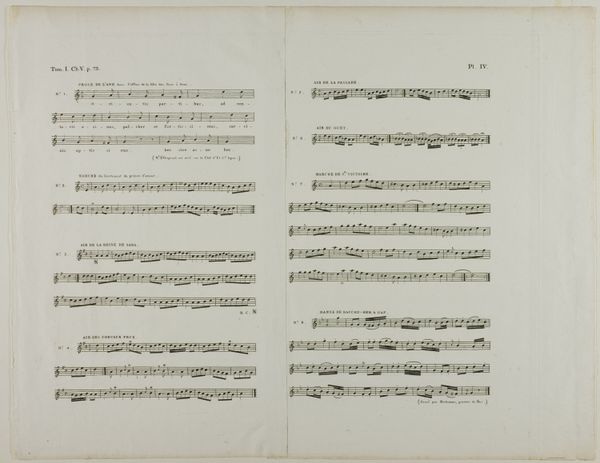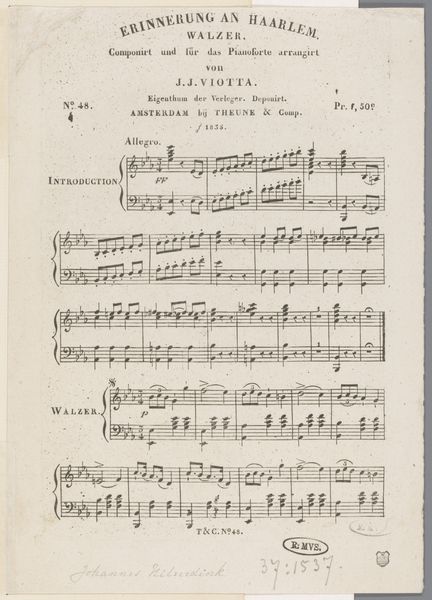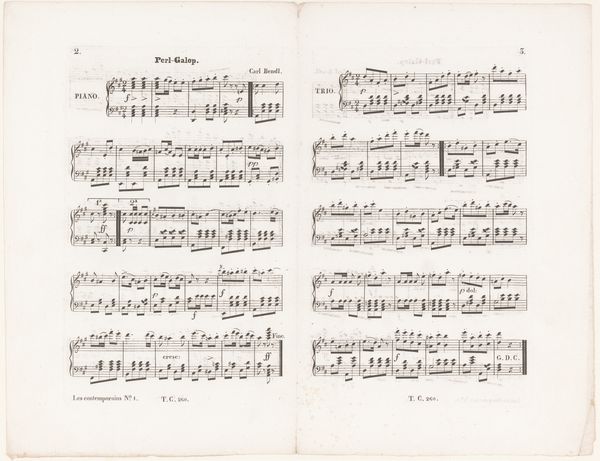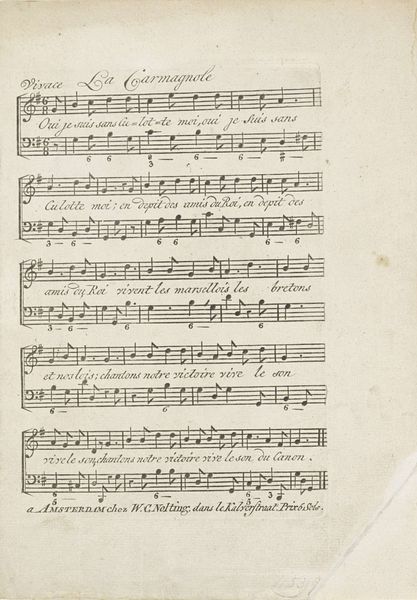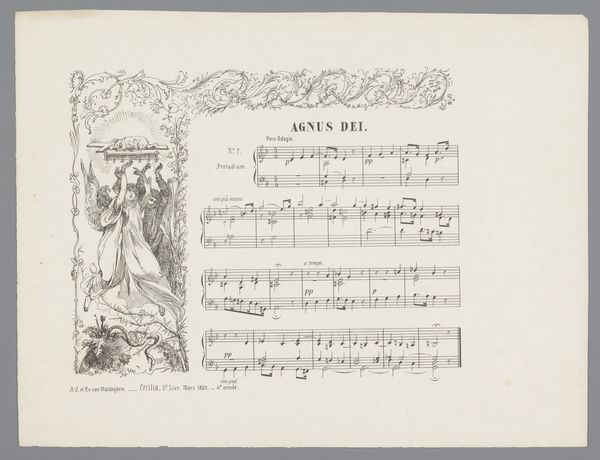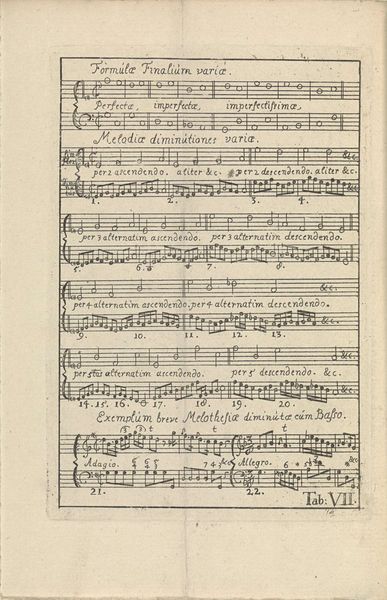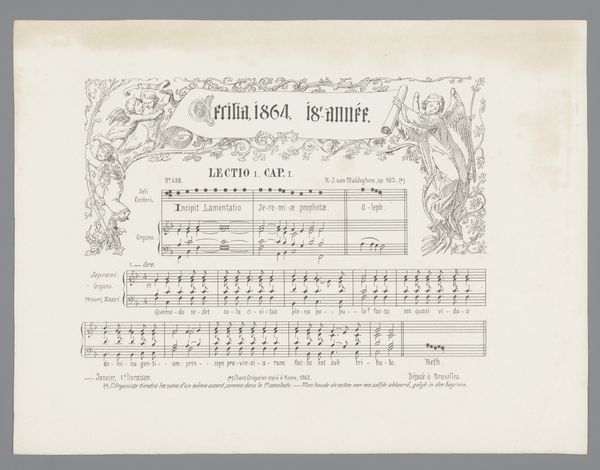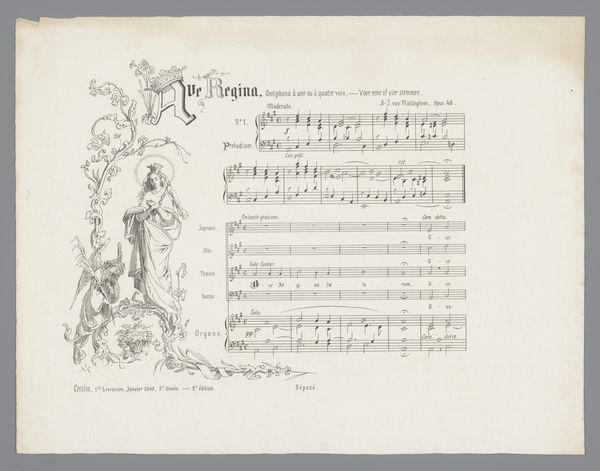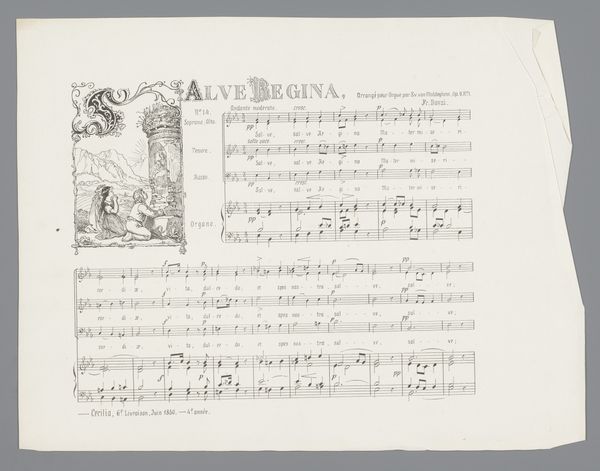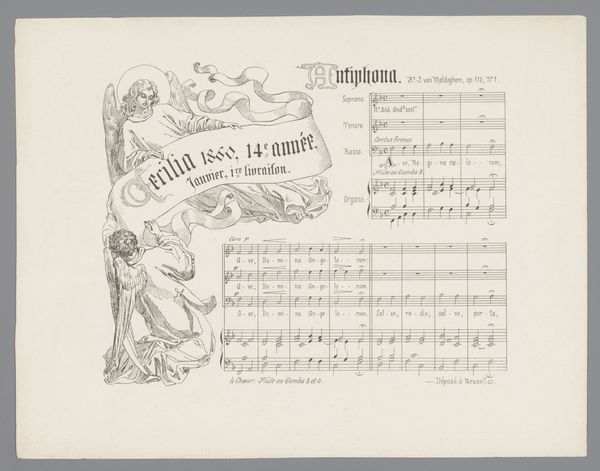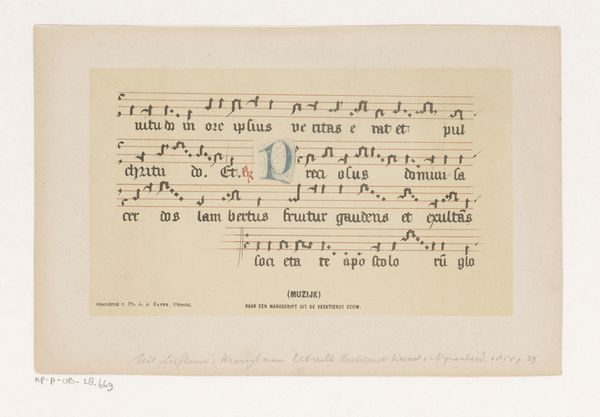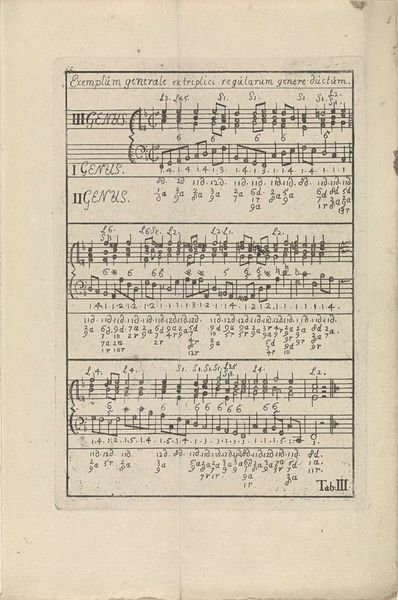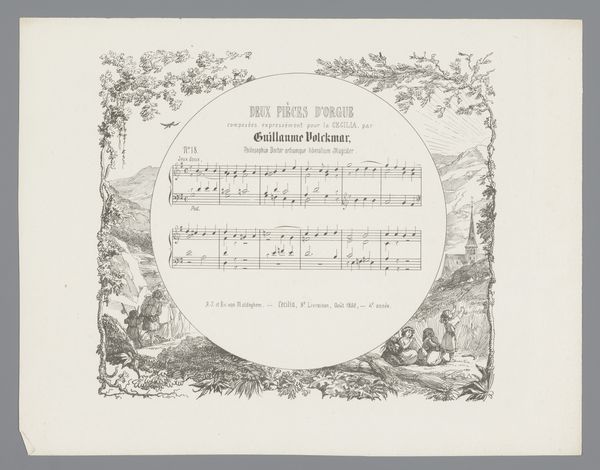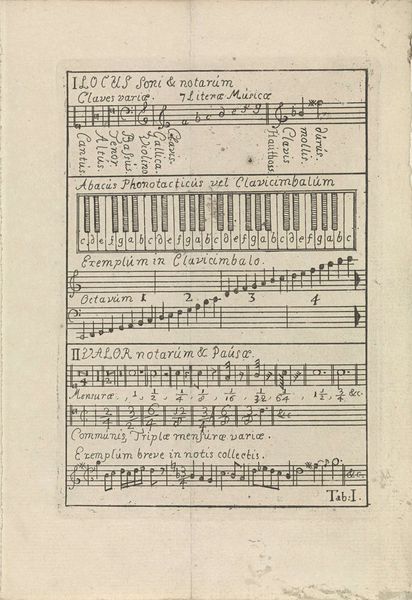
drawing, print, paper
#
drawing
# print
#
paper
#
romanticism
Dimensions: Sheet: 10 7/16 × 7 5/16 in. (26.5 × 18.5 cm)
Copyright: Public Domain
Editor: We're looking at "An Indian Woman and Her Son," from 1830. It’s a print on paper by Alexandre-Gabriel Decamps. The musical notation jumps out to me—it looks delicate, and maybe a little faded with age. What strikes you most about it? Curator: The title itself is very telling. It frames this piece, intended for a European audience, through the lens of Romanticism's fascination with the "exotic." Notice it does not tell us where, exactly, the "Indian" woman is from. This vague and orientalizing approach reduces the woman and child to symbols, flattening their identities within the broader Western narrative. How might contemporary audiences have interpreted this "Indian" figure in 1830? Editor: I suppose, a lot of it would be projected ideas. Like, it’s more about *their* ideas of "Indianness" than, well, any reality. So, it reflects on them? Curator: Precisely. Think about the institutions that circulated these images - the salons, the print shops, the parlors of wealthy families. What power dynamics are at play when a European artist depicts a non-European subject for a European consumer? How did such depictions perpetuate colonial narratives and influence public perception? Editor: It’s a document of its time, not just aesthetically but… politically? Curator: Absolutely. And a study of this work isn’t complete without asking *whose* story is centered, whose is marginalized, and what political purpose the image served. Editor: So much more than just notes on a page! Thanks, I never thought of it that way. Curator: It’s always about the layers beneath the surface.
Comments
No comments
Be the first to comment and join the conversation on the ultimate creative platform.
